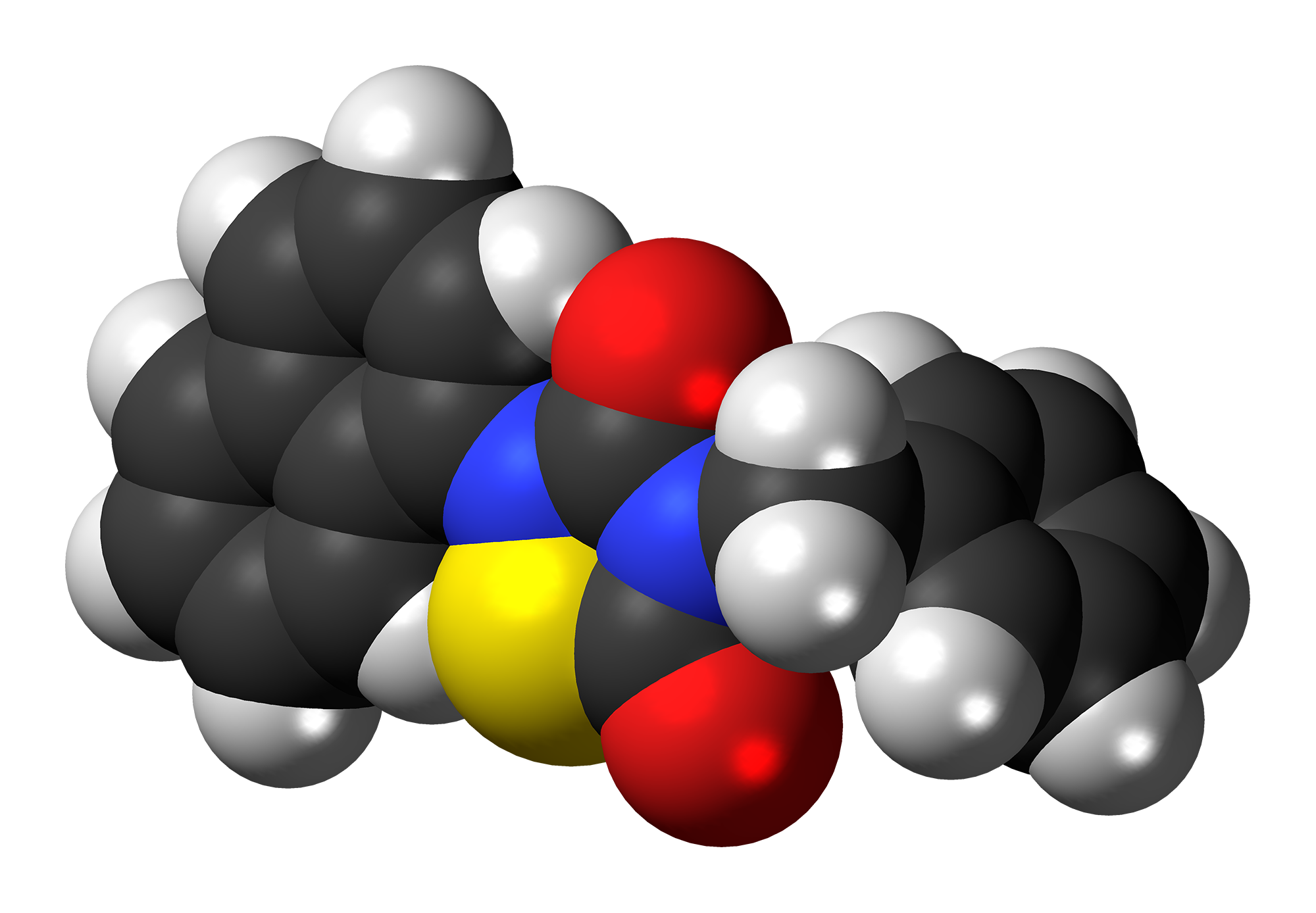
The Dental Institute of King’s College London discovered that tideglusib, an experimental drug designed to treat Alzheimer’s, can also be used to help teeth regenerate.
Tideglusib is a GSK-3 beta inhibitor, which means it binds to receptors on Glycogen Synthase Kinase-3 molecules in the brain and prevents them from carrying out their intended function. One function of GSK-3 is that it targets cells for destruction after reacting with the protein beta-catenin. In Alzheimer’s patients, the brain contains too much beta-catenin (among other molecules) and therefore is in excess, able to react more with GSK-3 and induce degradation in far too many cells. When tideglusib binds to these receptors instead, it is no longer possible for beta-catenin to bind.
However, another function of GSK-3 is that it prevents dentine — the bone-like, calcium-heavy tissue in human teeth — from growing from stem cells after teeth have been damaged by cavities. Therefore, when a dental patient with cavities takes the drug, their GSK-3 receptors are also inhibited and their brain no longer produces a signal telling their teeth stem cells not to become dentine cells. Dentine begins to grow again in the body, and teeth are able to heal themselves, filling the entire cavity gap and behaving just the same as the patient’s original teeth.
Although this drug showed definite potential as an Alzheimer’s treatment, now, when researching tideglusib, almost every search result is related to its newfound potential as a tooth repair drug. Which is definitely a fascinating concept — the idea that the same chemical can have two separate, incredibly helpful effects on the body, both of them seemingly unrelated, can’t just be an amazing coincidence.
This could potentially teach us a lot about how the brain works, since it’s possible that the same process that stops damaged teeth from being able to repair themselves also stops certain neural pathways in Alzheimer’s patients from being able to repair themselves.
But even though there are incredible research implications here, I don’t think we should lose sight of the original purpose of the drug. Over 5 million Americans currently suffer from Alzheimer’s and as the cause of the disease is unknown, it’s very difficult to prevent. It also affects the patient’s entire life after diagnosis as well as the lives of those close to them, who then become their caregivers. The illness is chronic and currently untreatable, with quality of life dropping sharply for sufferers in the later stages.
On the other hand, tooth decay is something we already know plenty about, and there’s a lot of education and free information available discussing how to prevent it. Avoiding sugary foods plus brushing and flossing your teeth dramatically reduces the risks of tooth decay. Even when teeth do develop cavities and fillings are required, having a filling inserted is a relatively painless process, taking just a few minutes under a local anaesthetic. Fillings may need to be replaced if they begin to cause pain or discomfort, but this usually does not happen for many years after the original filling, and is certainly not life threatening. The cost of fillings is almost nothing in comparison to the many tests, doctors’ visits and drugs required by an Alzheimer’s patient.
Therefore, to me, it’s clear that we should be focusing first and foremost on the potential uses of tideglusib to help Alzheimer’s patients. The fact that the drug can also be used to treat tooth decay is a great scientific finding that will help future Alzheimer’s research and which should definitely be considered for dental applications, but considering more than two in five Americans (including me) have a family member who suffers from Alzheimer’s, I don’t think it’s possible to justify putting these new potential uses above the drug’s original intention.


